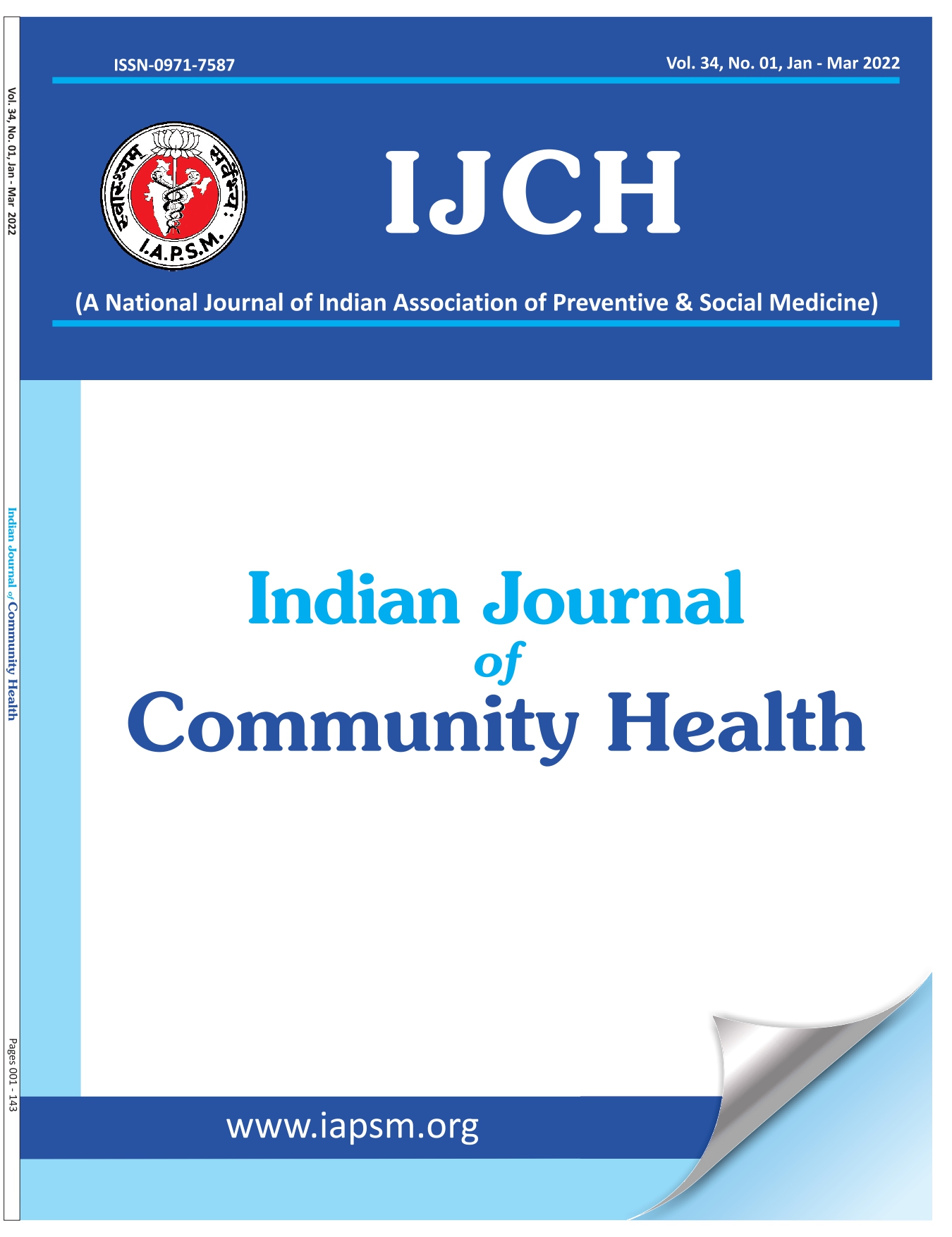Assessment of Role of Communication Competence in Dental Students for Acquiring Social Support
DOI:
https://doi.org/10.47203/IJCH.2025.v37i02.010Keywords:
Communication Competence, Social Support, Communication Skills, Dental Students, Perceived Social SupportAbstract
Background: Effective primary care provision requires strong social support, which may be enhanced by communication competence. The study proposes to examine the magnitude of perceived social support and communication competence and the role of communication competence in garnering perceived social support. Aim and objectives: To assess communication competence of dental students and the degree of social support they receive. Methodology: The cross-sectional study was conducted at Sharad Pawar Dental College, Wardha. Study population comprised 400 students pursuing their Bachelor’s degree (BDS). Perceived social support was measured using a Multidimensional Scale of Perceived Social Support. The communication competence was assessed by the Self-perceived Communication Competence Scale. Results: Communication competence was the only determinant of perceived social support. For every unit increase in communication competence, the perceived social support increased by 0.018 units. The increase was statistically significant. The model explained 13% variance in the perceived social support, which was statistically significant. Conclusion: Social support is crucial for self-esteem, which is moderated by communication competence. This facilitates leadership efficiency and ultimately serves in the making of a five-star doctor. The present study supports the abovementioned findings and underlines the need to work more on building graduate students’ communication competence through foundation courses.
Downloads
References
Boelen DC. THE FIVE-STAR DOCTOR: [Internet]. World Health Organization; Available from: https://www.who.int/hrh/en/HRDJ_1_1_02.pdf
National Medical Council. Foundation Course for the Undergraduate Medical Education Program. NMC; 2019.
Akhtar A, Rahman A, Husain M, Chaudhry IB, Duddu V, Husain N. Multidimensional scale of perceived social support: psychometric properties in a South Asian population. Journal of Obstetrics and Gynaecology Research. 2010;36(4):845-51.
Richmond V, McCroskey J. Communication apprehension, avoidance and effectiveness [Internet]. Allyn & Bacon; 1998. Available from: http://www.as.wvu.edu/~richmond/measures/spcc.pdf
Schirmer JM, Mauksch L, Lang F, Marvel MK, Zoppi K, Epstein RM, Brock D, Pryzbylski M. Assessing communication competence: a review of current tools. Fam Med. 2005;37(3):184-92.
Spitzberg BH. (Re) Introducing communication competence to the health professions. Journal of Public Health Research. 2013;2(3):e23.
Gallagher TJ, Hartung PJ, Gregory Jr SW. Assessment of a measure of relational communication for doctor–patient interactions. Patient Education and Counseling. 2001;45(3):211-8.
Kerr AM, Thompson CM. A longitudinal study of third-year medical students’ communication competence, communication anxiety, and attitudes toward patient-centered care. Patient Education and Counseling. 2022;105(5):1298-304
Wright KB, Banas JA, Bessarabova E, Bernard DR. A communication competence approach to examining health care social support, stress, and job burnout. Health Communication. 2010 May 28;25(4):375-82.
Anders SL, Tucker JS. Adult attachment style, interpersonal communication competence, and social support. Personal Relationships. 2000;7(4):379–89.
Warszewska-Makuch M, Bedy?ska S, ?o?nierczyk-Zreda D. Authentic leadership, social support and their role in workplace bullying and its mental health consequences. International journal of occupational safety and ergonomics. 2015 Apr 3;21(2):128-40.
Downloads
Published
How to Cite
License
Copyright (c) 2025 Neeti Deshmukh, Mohini Pawshekar, Priyanka Paul

This work is licensed under a Creative Commons Attribution-NonCommercial-NoDerivatives 4.0 International License.





